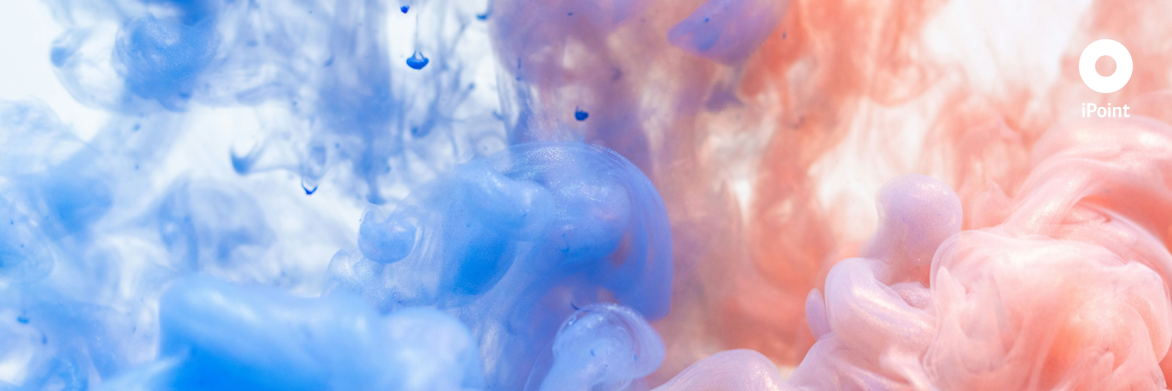In the course of the last three decades, more and more voices have called for cleaner industry. Today, 20 years after the legendary Rio summit, the voices in favor of the environment seem to sound rather like a choir, echoing calls for strict legislation and increasingly low limiting values. When lowering emissions has thus become a concern for everyone, the biggest emitters in particular need to fulfill their obligations. And the biggest emitter? Definitely industry. Industry with its long favored end of pipe technology. End of pipe technology, however, is unproductive, since it has no benefit apart from filtering. But there are initial costs for filters, all sorts of running costs and the not to be forgotten extremely high cost when technical problems at the filter bring the whole production line to a standstill.
This is why it’s not only the supporters of a strong sustainability viewpoint that criticize the end-of-pipe approach, it’s also increasingly unpopular among practitioners, especially in the chemical industry where production failures generate considerable follow-up costs. Two of these practitioners are Nikolaus Thissen from BAYER Germany and Jan van Loock from Lanxess Rubber, Belgium. Together, in their published article Von der Abluftbehandlung zur Ressourceneffienz (From Waste Air Treatment to Resource Efficiency; available as an English presentation at ifu’s download center), they explain in detail their own research that revealed how to make waste air treatment in a chemical production plant obsolete. What kind of waste air? Really bad waste air. Climate-wise, maybe the worst: halogenated hydrocarbons. HCFCs have a global warming potential which exceeds carbon dioxide by 120 to
12 000 times, depending on their exact composition. These HCFCs play a prominent role in many chemical processes, even though their use in consumer goods has been prohibited since the ozone layer problem became evident. Eradicating HCFCs from waste air flows is essential to preserve the climate and to fulfill legal requirements. At the same time, it is expensive — for every kg of HCFC, Thissen and van Loock calculated 0.75 € of filtration cost. By closing the HCFC-cycle 100%, i.e., in completely reusing instead of emitting the HCFC, you not only save a lot of energy, but, as you can imagine, also a lot of money. This article explains the way to make it possible.
First of all, it has to be said that while end of pipe technology generates costs, process optimization generates positive feedback for the complete production process. Through modeling volume and mass flows, we can get a complete understanding of our process and that helps to optimize both costs and environmental effects. The method Thissen and van Loock applied included an additional analysis of thermodynamic and kinetic parameters.
1. System Analysis
Their system analysis looked for answers to all the easy, but also crucial, questions: where, when and how much emission occurs, and most importantly: why? For these questions concerning the field of process optimization, however, new data must not always be recorded. Instead, we can consult process descriptions that already exist, as well as work place or process analyses. Furthermore, co-workers involved in the process are often a convenient source of profound information. Some chemical companies have established process information systems, which, of course, are of great use for our purpose of data collection. Only in cases where there is no relevant source of information available, are new measurements unavoidable.
2. Flow Balances
Based on the information generated from system analysis, all sorts of flow balances can be created. Visualizations of mass and energy flow balances help to get deeper understandings of both these processes. With the use of Sankey diagrams, which some contemporary process modeling programs are capable of creating, e.g. Umberto, it is as easy as making a cheese cake to derive opportunities for optimization.
3. Technical and Organizational Measures
Once inefficiencies have become evident, we need to find ways to minimize material losses and energy waste. There are always relatively simple technical measures that can be taken, and there are always possibilities to improve organization. In this case (Thissen and van Loock’s HCFC emission elimination), the goal was to reduce the flow of waste air that holds HCFC pollutants. The three technical options considered are:
- To close process containers where HCFCs are present
- To install pressure monitoring to avoid too high or too low pressure in all containers
- To use containers with open airflow design
Closed containers radically reduce the waste air stream, since only the waste air due to varying fill levels needs to be treated.
Options After Optimization
Knowing that the processes are optimized, that the waste air can successfully be reduced from an initial 25 000 Nm3/h to 70 or even 0, several options still lie ahead. Either we use the large biological gas treatment plant we were using before optimization, or we install a new, smaller one. A third option consists of a new system that closes the waste air cycle, making the treatment of waste air obsolete, since no HCFCs are emitted
- The first option – continuing with the current biological gas treatment – has huge disadvantages: the system is too big, very costly, and nobody can predict whether it will be controllable when an air stream this small passes through it.
- Option two – a new and smaller treatment system – has the merit of the smallest operational costs and low environmental effects.
- Option three – a closed cycle – delivers waste air directly from container to container, from one sub-process to the other. Rising fill levels in one container push the air to another. Not a single liter of CFC polluted air is emitted. This option yields the highest resource efficiency since all of the HCFCs are recovered. It has to be said, though, that wastewater rises by a factor of 2.5, going from 8 up to 19.2 metric tons annually. In our case, however, that is no cause for concern, because the current wastewater treatment system can easily manage this load.
In order to keep the current waste air treatment cost-effective, an untreated waste air volume amounting to the above mentioned 25 000 Nm3/h would be needed. Option two, optimizing the process and installing a smaller treatment system, results in only 70 Nm3/h of HCFC polluted waste air. This option cuts the annual energy use by 30x and pressurized air use and biomass cleaning costs each by 10x. Benefitting the environment, salt production from waste air treatment decreases from 125 down to 5 metric tons annually. The only negative figure is the CFC-loaded wastewater, which rises from 8 up to 18.7 metric tons. All in all, option two yields a €340 000 annual savings. Option three, environmentally and financially the most sustainable one, cuts all costs resulting from waste air treatment: No energy, no pressurized air, no salt, no carbon dioxide. The annual savings exceed option 2 by another €39 000..
As you can see, we have entered an era where end-of-pipe technology is obsolete. Its alternatives are highly attractive, since cost-effectiveness and environmental friendliness no longer compete.
Article image by Bilfinger, licensed under CC 2.0 BY ND.




